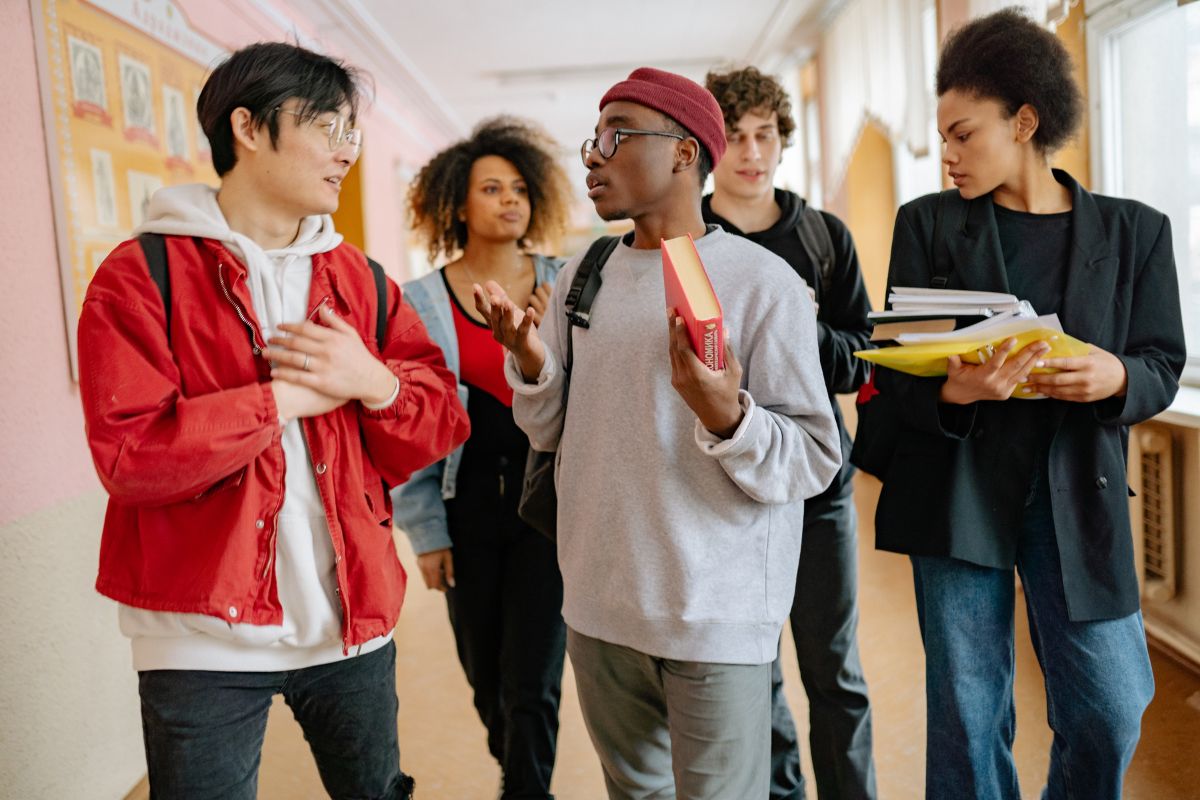Maintaining the student experience in distance learning

Recent advances in #EdTech now enable a more sophisticated distance learning experience. In times of crisis, the ability to study remotely is increasingly important for students of all ages.
Numerous educational apps and other online resources are available for students and a range of products such as cameras and visualisers help educators to deliver lessons remotely. When students and teachers need to rely on remote learning equipment and approaches for months at a time it’s crucial that these lessons are not compromised, and that technology does not become a barrier to the learning and teaching experience.
Quality content matters, and utilising appropriate equipment even when not in the classroom is important for developing a rich e-learning experience. This means that simply setting up a camera and a microphone may not be enough for teachers to deliver an engaging and inclusive lesson to their students. Additional equipment enables teachers to make content accessible and interesting for their learners with minimal changes to their usual lesson preparation.
Visualisers
Teachers may be familiar with using visualisers within the classroom to show details to large groups from the front of the class. There’s a huge benefit to using these as part of a remote teaching setup. Many visualisers can be synced with Microsoft Teams Skype, Zoom and Google Hangouts Meet. With the capability to switch between a webcam, visualiser and presentation slides, teachers can use a visualiser just like they would within the classroom and students have access to a variety of different sources of content in the lesson.
The opportunities for engaging with students using a visualiser are endless; students and teachers can go through work together, zooming in on specific areas of a book or object, freeze the frame to show a moving item in more detail, or even record content.
With an ability to record lessons for future reference or distribution among students, visualisers help any students that may have missed a lesson catch up and provide the opportunity to recap on what was covered. Many visualisers also have real-time recording capability which allows teachers to share the video content on their chosen media sharing platform, so students who can’t make the class can still participate in the class.
AVer Europe’s compact and lightweight visualisers provide video capture and streaming solution for tablets, allowing teachers to stream, present, annotate, record and share live images via an iPad, Android/Windows® 8 tablet, or PC/Mac.
Auto Tracking Cameras
Many people assume that if you’re delivering a class remotely, you need to be chained to your PC or laptop, but this isn’t the case. Some subjects require large items to be shown on camera or a need a larger field-of-view than a typical webcam. This is where auto-tracking cameras come in, enabling teachers to move freely around a room and still be framed, rather than keeping them trapped within a single position.
Cameras like this also are hugely beneficial if teachers wish to record content themselves to share with students later. AVer Europe’s PTC500S camera, for example, allows the user to create engaging video for streaming, sharing and recording demonstrations and speeches. Gone are the days when the educational presenter must stand still in front of the camera. Auto tracking cameras give presenters the freedom to roam the stage, be natural and to concentrate on doing what they do best: imparting information in a relaxed and spontaneous manner.
With these solutions, educators can deliver classes that meet learning objectives, curriculums and the needs of students in times of unexpected disruption.
Rene Buhay, Vice President of Sales & Marketing at leading AV manufacturer AVer Europe












Responses